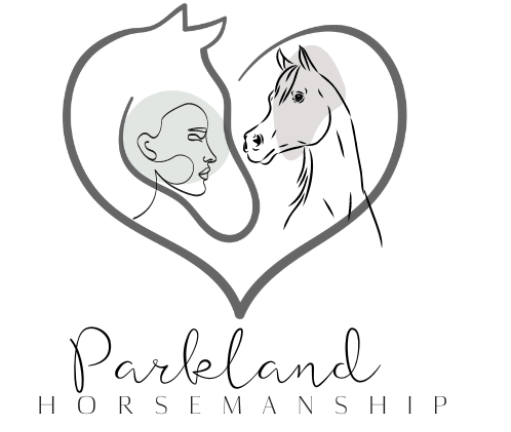Equine Assisted Learning (EAL) is a non-riding experience designed to enable participants to interact safely and supportively with horses in an engaging and supportive way, leading them towards developing empathy and emotional intelligence.
This program has been shown to be highly successful at relieving stress, improving communication and teamwork skills, as well as deepening relationships. Furthermore, its unique approach encourages self-discovery while providing people with tools they need to cope with challenging life events.
1. Safety
Horses, as prey animals, are highly aware of their surroundings and motivated to meet their needs. Therefore, it’s crucial for both horse and human handlers to be mindful that horses may quickly react when they perceive a threat, often fleeing or attacking in response.
At Kindle Hill Foundation, our primary concern is safety. To this end, we provide participants with structured interactions with a herd of gentle, calm and friendly horses which serves as our teaching herd for basic horse behavior, management and handling lessons. Participants receive set tasks in the work paddock as well as free choice time in our life paddock – with regular observations by trained facilitators to ensure that participants remain safe, comfortable and making the most out of their experience.
2. Communication
As horses are prey animals, they are acutely aware of their surroundings and sensitive to human emotions. Their natural instinct is to respond quickly and positively when someone shows interest in forming trusting relationships with them – this helps foster growth in crucial life skills such as communication, self respect, confidence and responsibility.
Prior to engaging with horses, students engaged in a 5-7 minute “breathing circle” to help focus their minds and remain present in the moment. Next, teams were formed so they could work alongside horses in an array of exercises designed to foster connection and understanding between each member of their respective groups.
One team was challenged with assisting a horse with an obstacle (such as jumping). Each member of this team must remain mindful of each member?s needs and communicate effectively in order to accomplish their goal.
3. Empathy
As when dealing with any animals, horses require us to be conscious and aware of our actions and body language when dealing with them. Horses have an acute awareness of human emotions that may not be readily apparent – this gives an invaluable opportunity to reflect on yourself and understand how your behavior impacts those around you.
Because horses and humans co-evolve over such long periods, it is believed that horses recognize those whom they have interacted positively with and avoid those they perceive negatively – similar to human learning where individuals remember those who treated them well.
Utilizing EAL tools, it is possible to develop meaningful relationships and gain greater insight into ourselves and those around us. EAL provides invaluable assistance when it comes to personal or team development – you’re bound to get results with EAL!
4. Teamwork
Horses are herd animals that rely heavily on communication and teamwork to survive, providing individuals and teams the perfect way to develop problem-solving abilities, emotional intelligence skills, trust building abilities and leadership abilities, among other benefits. Working with horses helps develop these attributes while simultaneously increasing overall team productivity.
Teams are put through an obstacle course designed to test them as they navigate obstacles and challenges presented by horses who sometimes want to join in or not. Through these activities, they develop new patterns of cooperation and interaction they can bring back into the workplace.
Grooming horses provides participants with an engaging kinesthetic learning opportunity that fosters empathy and connection to another living being, while respecting its boundaries and safe zones. Kinesthetic learning is vital in creating true leadership and teamwork skills – something difficult to teach in classroom or online settings.
5. Self-confidence
Students take part in activities facilitated by horses that challenge them to problem-solve, communicate and work as teams. These lessons foster self-discovery while offering participants the chance to improve relationships in both their personal and professional lives.
Ruttencutter and Warner’s research has demonstrated how their program can assist veterinary students in exploring their emotional well-being, professional growth and horse handling abilities. According to Warner, students report it being both positive and empowering experiences.
This course is divided into three parts: safety and relationships (5 weeks), stressors to strengths (5 weeks) and integration: clinical year and beyond (5 weeks). Each session begins with a check-in activity to help participants clear away stress before moving onto an equine exercise involving specific tasks, then life tasks like grooming horses.

